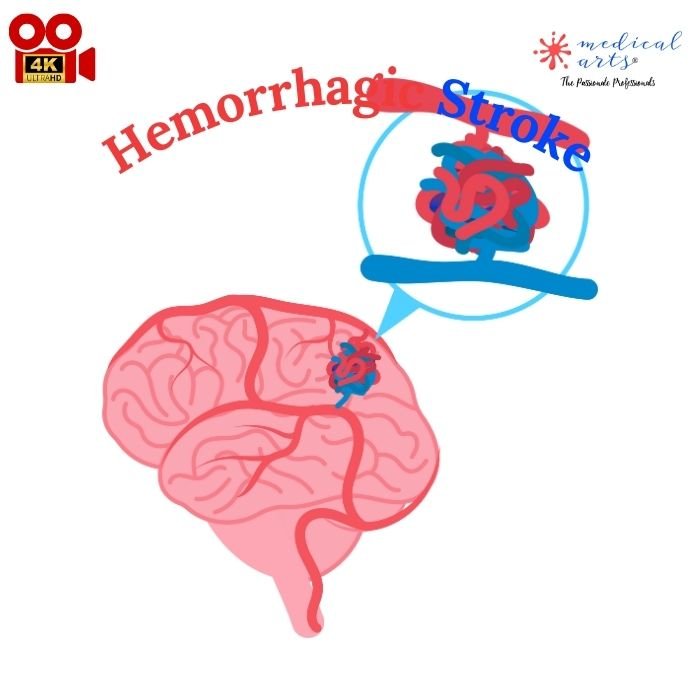Understanding Hemorrhagic Stroke: A Guide for Everyone
Introduction
Hemorrhagic stroke, a medical emergency caused by bleeding in the brain, is a critical health issue worldwide. While it's less common than ischemic stroke, its impact can be just as severe, if not more so. This article aims to demystify hemorrhagic stroke, making this complex medical topic accessible to all, including those with a medical background.
The Science Behind Hemorrhagic Stroke
Hemorrhagic strokes can be classified into two main types: intracerebral hemorrhage, where bleeding occurs within the brain tissue, and subarachnoid hemorrhage, where bleeding happens in the space between the brain and the skull. The primary cause of these strokes is a weakened vessel that ruptures. High blood pressure, which stresses arterial walls, is a leading factor. Other causes include aneurysms - bulges in blood vessels - arteriovenous malformations, and abnormal tangles of blood vessels.
When a blood vessel in the brain bursts, it spills blood into surrounding tissues, causing damage. This bleeding can increase pressure within the skull, causing further harm or even death if not promptly treated.
Signs and Symptoms
Recognizing the signs of a hemorrhagic stroke can save lives. The symptoms often appear suddenly and can include:
- Severe headache
- Nausea or vomiting
- Sudden numbness or weakness, especially on one side of the body
- Confusion or difficulty understanding speech
- Trouble seeing in one or both eyes
- Difficulty walking, dizziness, loss of balance or coordination.
Immediate medical attention is crucial for anyone exhibiting these symptoms.
Risk Factors and Prevention
Some risk factors for hemorrhagic stroke are uncontrollable, such as age, family history, and race. However, others are adjustable and include high blood pressure, cigarette smoking, excessive alcohol consumption, and obesity. To reduce the risk of stroke, it's essential to maintain a healthy lifestyle, including a balanced diet, regular exercise, and avoiding smoking and excessive drinking. Regular health check-ups to monitor blood pressure are also vital.
Diagnosis and Treatment
To diagnose a hemorrhagic stroke, doctors typically use imaging tests like CT scans and MRIs. Treatment focuses on stopping the bleeding, reducing pressure in the brain, and stabilizing vital signs. Surgical options may include repairing or removing the source of bleeding. Post-stroke, the focus shifts to rehabilitation, which may involve physical therapy, speech therapy, and occupational therapy, depending on the stroke's effects.
Living with Hemorrhagic Stroke
Recovery from a hemorrhagic stroke can be a long and challenging journey. It may involve physical, cognitive, and emotional adjustments. Support from healthcare professionals, family, and stroke support groups is crucial. Rehabilitation plays a significant role in recovery, helping regain strength, speech, and daily living skills.

